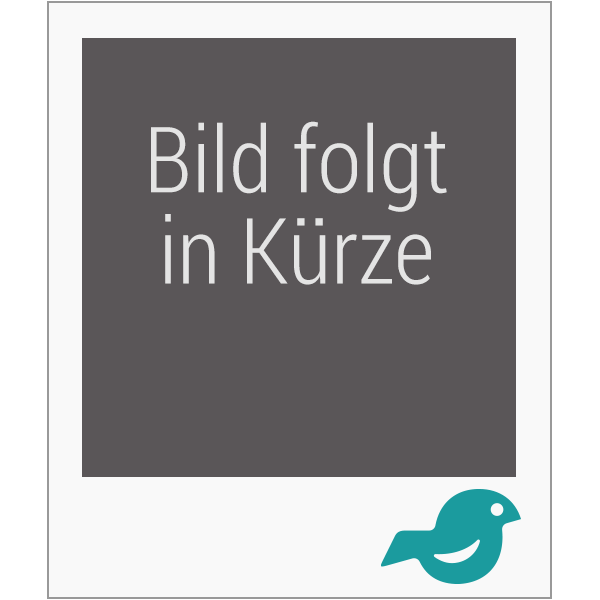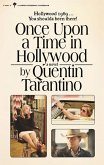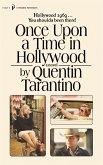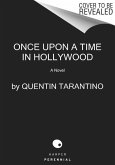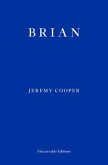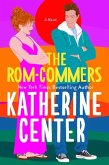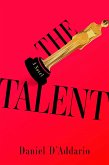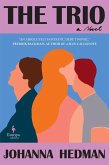Explores Ulla Isaksson's screenwriting, especially her collaboration with Ingmar Bergman, revealing how her work shaped postwar cinema and highlighting the collaborative nature of auteur filmmaking Ulla Isaksson is one of the most significant Swedish authors of the postwar era. Her fiction centers on female experiences such as childbirth, women's professional lives, sexual violence, and feminism. Alongside this focus on women's issues, her writing explores a religious dimension rooted in a complex relationship with Christian faith. While she rose to prominence in the 1950s and early 1960s, she continued to produce several notable novels in later decades. This book examines Isaksson's work as a writer for the screen, with particular focus on her collaboration with director Ingmar Bergman from the 1950s to the 1980s. In addition to this partnership, she also wrote scripts for films directed by Hampe Faustman, Vilgot Sjöman, and Gunnel Lindblom. Most of her screenplays were adaptations of her own literary works-such as Brink of Life (1958) and Paradise Place (1977)-but she also wrote original scripts, like The Virgin Spring (1960), which relate more indirectly to her literary writings. Isaksson's screenwriting is marked by a distinctive literary quality, vividly evoking settings and conveying complex emotional states through nuanced descriptions of gestures and facial expressions. The book explores the genesis of the films, the interplay between literature and cinema, and how Isaksson was portrayed in marketing materials and critical reception. Drawing on unique archival material-including correspondence between writer and director, personal notes, and script drafts-it offers insight into a collaborative and exploratory filmmaking process. The study presents fresh perspectives on well-known films and sheds light on lesser-discussed works. It reveals how auteur cinema, typically analyzed through the lens of the director, is in fact shaped by collaborative creation. The book also investigates a rare form of self-adaptations: Isaksson's writing for the cinema represents a unique exploration of the film medium in dialogue with literary expression, where not only the films but also the screenplays become artistic versions of her novels and short stories. Structured chronologically, the book spans from Isaksson's initial encounters with the film industry in the early 1950s to her later collaborations with Bergman on television productions during the 1980s.
Bitte wählen Sie Ihr Anliegen aus.
Rechnungen
Retourenschein anfordern
Bestellstatus
Storno

